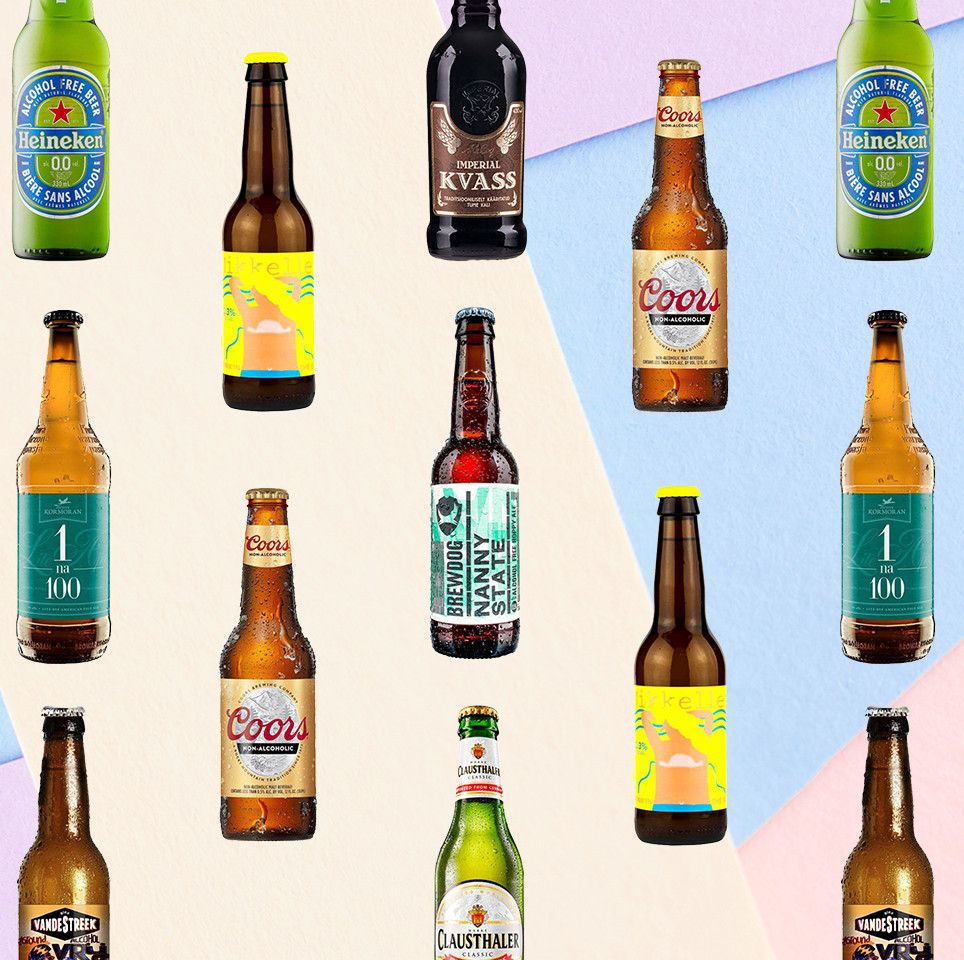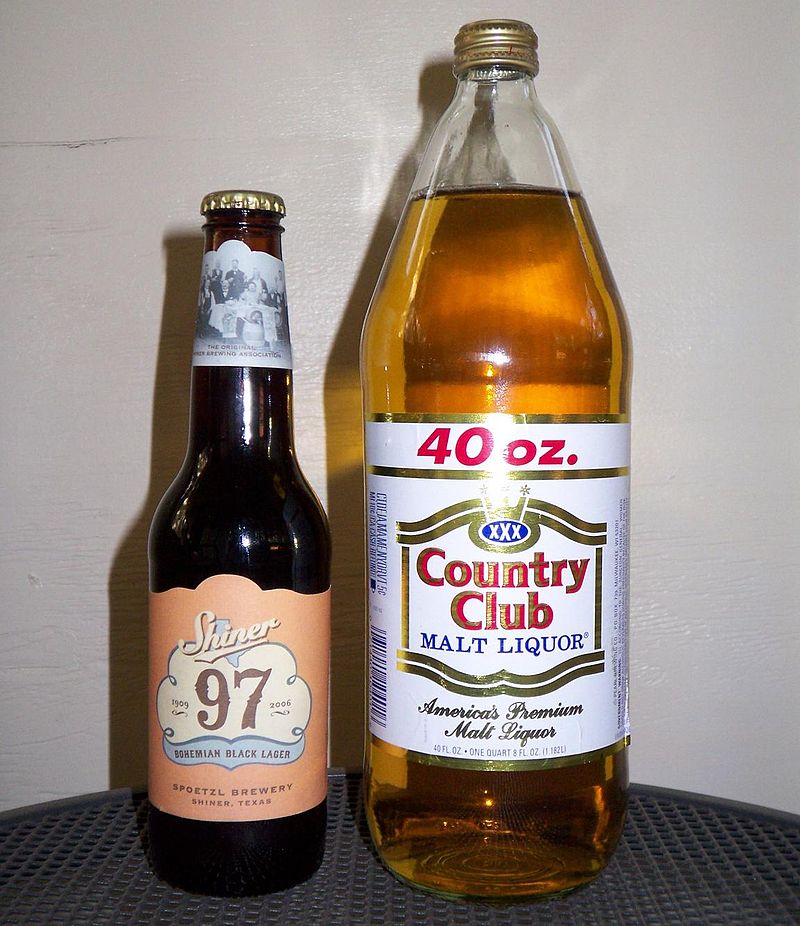Galveston Liquor: Your Guide to the Finest Spirits and More
Galveston Liquor: Your Guide to the Finest Spirits and More
Blog Article
Uncovering the Secrets of Craft Distillery Manufacturing: A Comprehensive Guide
Craft distilleries hold a wealth of understanding and knowledge that typically continues to be veiled to the informal viewer. The detailed procedure of crafting spirits includes a delicate balance of artistry and science, with each distillery harboring its very own set of techniques and profession secrets. As we start the journey to reveal the mysteries behind craft distillery production, we will certainly peel back the layers of tradition and advancement that shape the spirits we delight in. Join us as we discover the nuances of ingredient choice, the proficiency of purification, the tricks of aging, the evolution of flavor profiles, and the sustainable techniques that underpin this interesting market.
The Art of Component Choice
When developing craft spirits, the precise process of active ingredient choice plays an essential function in shaping the last quality and personality of the product. Distillers have to very carefully consider each part that goes right into their spirits, from the base grains or fruits to the botanicals and various other flavor agents. The high quality of these active ingredients directly influences the preference, scent, and general experience that the spirit will certainly use to customers.
Among the essential elements of ingredient selection is sourcing premium basic materials. Distillery in Galveston. Whether it's locally grown grains, natural fruits, or unusual botanicals, utilizing the most effective possible active ingredients sets the structure for an exceptional final product. Craft distillers frequently prioritize working with small farmers and providers that share their dedication to high quality and sustainability
Furthermore, the art of active ingredient selection also includes understanding exactly how different components engage throughout the purification process. Distillers trying out numerous mixes and proportions to attain the preferred taste account and complexity in their spirits. By mastering the art of ingredient selection, craft distillers can develop one-of-a-kind and outstanding products that stand out out there.
Mastering the Purification Process

The careful option of high-grade active ingredients establishes the foundation for craft distillers to grasp the purification procedure and develop phenomenal spirits with one-of-a-kind taste profiles. The real creativity lies in the distillation process itself. Understanding purification calls for a deep understanding of the science behind dividing alcohol from the base components to attain the preferred pureness and taste intricacy.
Craft distillers usually utilize pot stills or column stills, each offering distinctive benefits in the purification process. Pot stills are known for creating spirits with robust and abundant flavors, while column stills stand out at producing tidy and smooth spirits. Comprehending just how to utilize the staminas of each kind of still is essential in crafting spirits that stand apart in regards to top quality and preference.
In addition, regulating variables such as temperature level, distillation, and pressure time is extremely important in making sure an effective distillation run. Little modifications in these variables can significantly affect the end product. By very carefully checking and fine-tuning these parameters, craft distillers can constantly generate spirits of extraordinary top quality and character.

Keys of Aging Techniques
Utilizing cutting-edge aging strategies boosts the depth and intricacy of craft spirits, raising them to unmatched levels of elegance and improvement. One of the keys to achieving outstanding tastes in aged spirits depends on the choice of barrels. Craft distilleries frequently trying out numerous kinds of barrels, such as oak, cherry timber, and even ex-wine barrels, to present one-of-a-kind qualities to their spirits. The interaction in between the spirit and the timber during the aging procedure is important in developing nuanced tastes.

Additionally, some craft distilleries employ cutting-edge aging techniques, such as utilizing sonic waves or sped up aging methods, to quicken the maturation procedure without endangering the high quality of the spirit. These sophisticated approaches permit distillers to develop outstanding aged spirits in a shorter timespan, meeting consumer demand for high-grade products while keeping the honesty of traditional aging methods.
Technology in Flavor Advancement
Cutting-edge strategies to flavor advancement in craft distilleries are changing the art of spirit manufacturing (Galveston Liquor). Craft distilleries are significantly pushing the boundaries of conventional flavor profiles by exploring with unique components, unique techniques, and imaginative collaborations. One noteworthy trend is the rebirth of heirloom grains and in your area sourced botanicals, permitting distillers to craft spirits with distinct local tastes that record the significance of their environments
Moreover, craft distillers are venturing into barrel-aging experiments to give complicated flavors to their spirits in shorter timeframes. Techniques such as using smaller sized barrels, explore different types of wood, and leveraging different aging settings add to the production of ingenious flavor accounts that challenge traditional aging norms.
Additionally, the increase Visit Website of modern technology in flavor growth can not be ignored. Craft distilleries are utilizing advanced devices like rotating evaporators, vacuum cleaner distillation, and ultrasonic homogenizers to draw out nuanced tastes from fruits and botanicals, causing a brand-new frontier of opportunities in crafting special and outstanding spirits. This devotion to innovation in her explanation taste advancement establishes craft distilleries apart in the affordable spirit market, attracting aficionados looking for unique tasting experiences.
Sustainability Practices in Distilleries
Amidst growing environmental issues and an enhanced concentrate on corporate obligation, distilleries are progressively adopting lasting techniques to decrease their ecological impact and advertise long-lasting ecological stewardship. Seawall Bar. Sustainable techniques in distilleries encompass a variety of campaigns intended at minimizing power consumption, water usage, waste generation, and overall ecological influence
One key aspect of sustainability in distilleries includes energy performance measures such as utilizing renewable power resources like solar or wind power, executing energy-saving innovations, and enhancing manufacturing procedures to reduce energy waste. Water preservation is one more important location where distilleries are making strides by reusing water, carrying out water-saving technologies, and reusing water in various stages of manufacturing.
Furthermore, waste management practices are being boosted via recycling, composting, and waste-to-energy campaigns to minimize the quantity of waste sent to garbage dumps. Some distilleries are additionally concentrating on sourcing regional ingredients to sustain local economies and reduce the carbon footprint associated with transport. In general, by embracing lasting techniques, distilleries can not just decrease their environmental influence but additionally add to a much more liable and sustainable industry.
Final Thought
In verdict, the craft distillery manufacturing procedure involves mindful ingredient option, mastering purification methods, maturing approaches, flavor development, and sustainability methods. By recognizing and implementing these keys, distilleries can create top quality and unique spirits that stand out in the marketplace. Continuous development and a dedication to sustainability are essential consider the success of craft distilleries in today's competitive sector.
The detailed procedure of crafting spirits involves a delicate balance of virtuosity and science, with each distillery nurturing its very own set of methods and profession tricks. As we get started on the trip to discover the enigmas behind Seawall Bar craft distillery production, we will peel back the layers of practice and advancement that form the spirits we delight in. Craft distilleries commonly experiment with numerous types of barrels, such as oak, cherry wood, or also ex-wine barrels, to impart one-of-a-kind qualities to their spirits.Ingenious techniques to taste development in craft distilleries are transforming the art of spirit production. Craft distilleries are taking advantage of advanced equipment like rotary evaporators, vacuum cleaner distillation, and ultrasonic homogenizers to draw out nuanced tastes from fruits and botanicals, leading to a new frontier of opportunities in crafting remarkable and distinct spirits.
Report this page